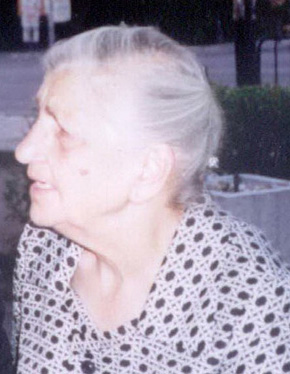Enemy still talking trash?
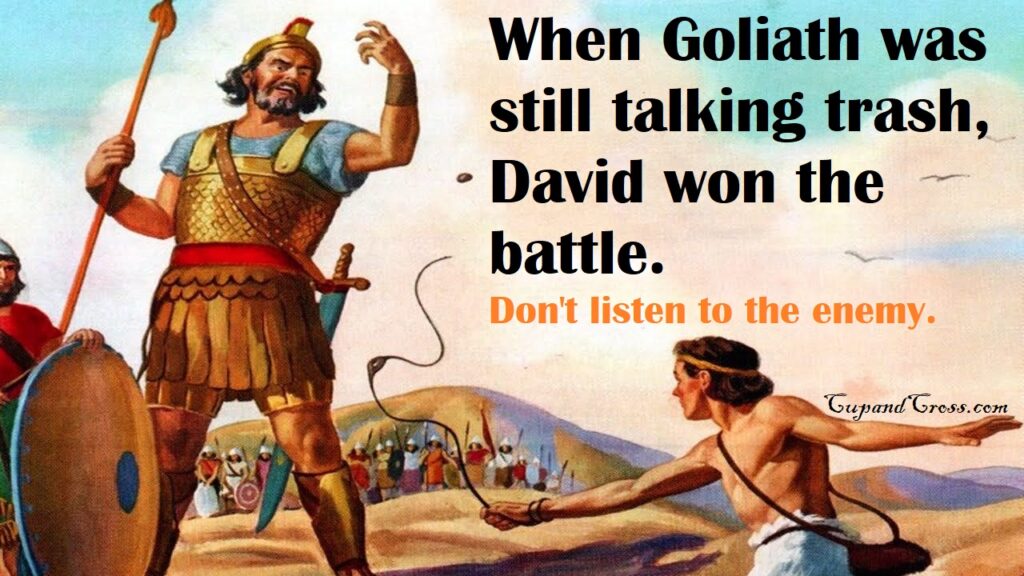
GERB Leads Election with 68 Parliamentary Seats
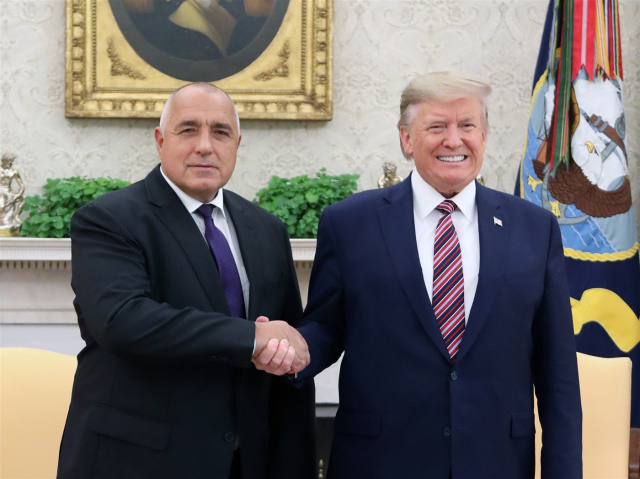
Bulgaria: GERB Leads with 68 Deputies as Election Commission Confirms Parliamentary Seats
The Central Election Commission (CEC) has announced the mandates for the parliamentary parties in the 50th National Assembly of Bulgaria. GERB will have the most deputies, with a total of 68. The second-largest parliamentary group will be the DPS with 47 deputies, followed by “We Continue the Change – Democratic Bulgaria” (WCC-DB) with 39. “Revival” will have 38 deputies, while the Bulgarian Socialist Party (BSP) will have 19.
The “Greatness” (Velichie) party will have the smallest parliamentary group, with 13 deputies. “There is Such a People” (TISP) will have 16 representatives, though their leader, Slavi Trifonov, will not be among them, as he was removed from the candidate lists by the CEC after submitting an application.
The CEC also reviewed and approved the analysis of inconsistencies after re-entering and comparing data from the sectional election commissions with the district commissions. Four elected members of the European Parliament have opted to remain as MEPs instead of joining the National Assembly: Hristo Petrov from WCC-DB, Ivaylo Valchev from TISP, Kristian Vigenin from BSP, and Stanislav Stoyanov from “Revival.” The CEC has fulfilled their requests and removed them from the parliamentary lists.
1 didn’t listen…

2024 European Parliament election in Bulgaria
5 seats, 24.26% — The 2024 European Parliament election in Bulgaria will be held on June 9, 2024 as part of the 2024 European Parliament election. This will be the fifth parliamentary election since Bulgaria’s EU accession in 2007, and the first to take place after Brexit. Bulgaria will simultaneously hold a separate parliamentary election on the same day.
Since the pandemic in 2020, it has become customary that elections are held in Bulgaria twice a year regardless of the high cost for the country. It is expected that as in the previous 4-5 years, the second round of Parliamentarian elections will be held in October.

Government Elections in Bulgaria (2005-2022):
2005 Parliamentary Elections
2006 Presidential Elections
2007 Municipal Elections
2009 Parliamentary Elections
2009 European Parliament elections
2011 Presidential Elections
2011 Local Elections
2013 Early parliamentary elections
2014 Early Parliamentary Elections
2015 Municipal Elections
2016 Presidential election
2017 Parliamentary elections
2019 European Parliament election (23-26 May)
2019 Bulgarian local elections
2019 Municipal Elections
2021 April National Parliament election
2021 Second National Parliament election
2021 Third National Parliament and Presidential elections
2022 October elections for 48th National Assembly after the fall of a four-party coalition in June 2022.
2023 Bulgarian parliamentary election
REVIVAL 2024
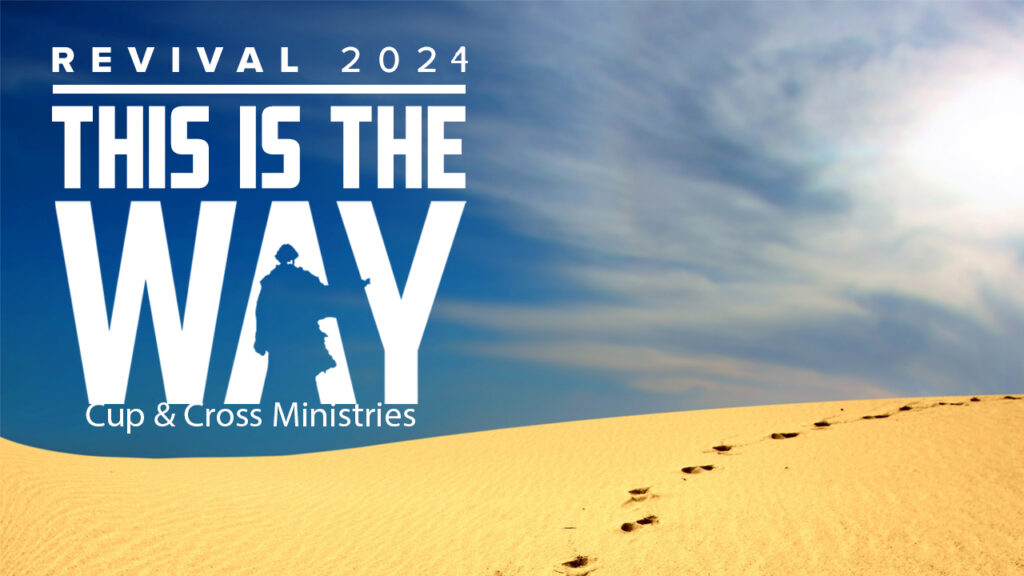
7 Churches of Revelation Chart
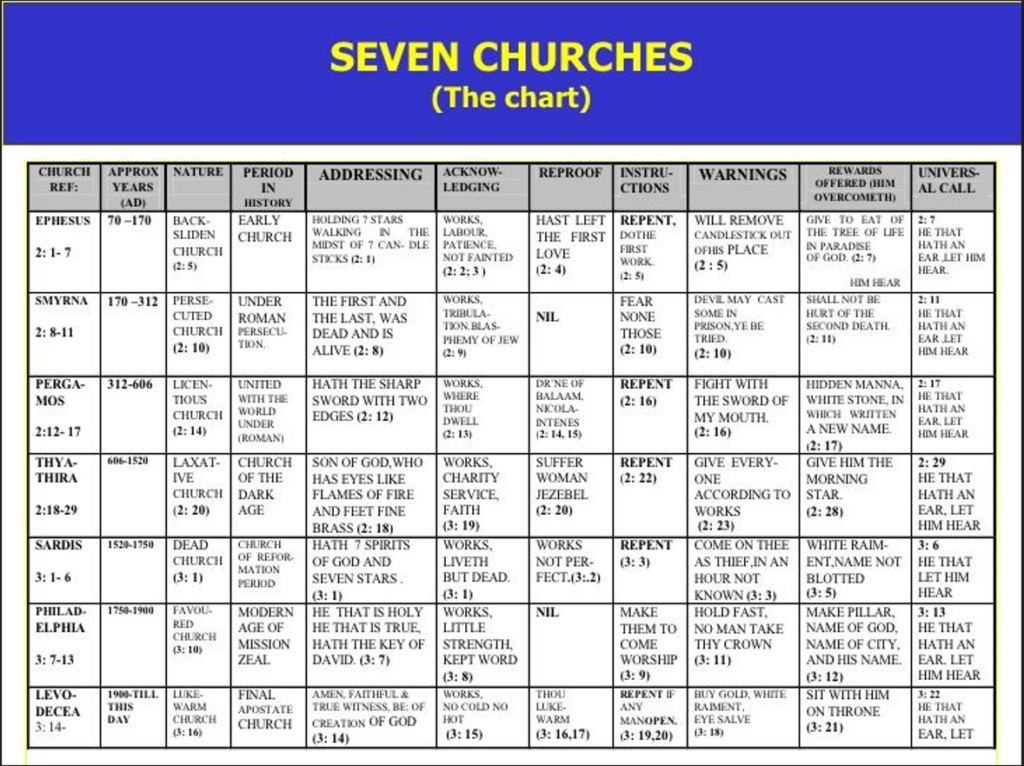
PENTECOST has COME

Countdown to Pentecost
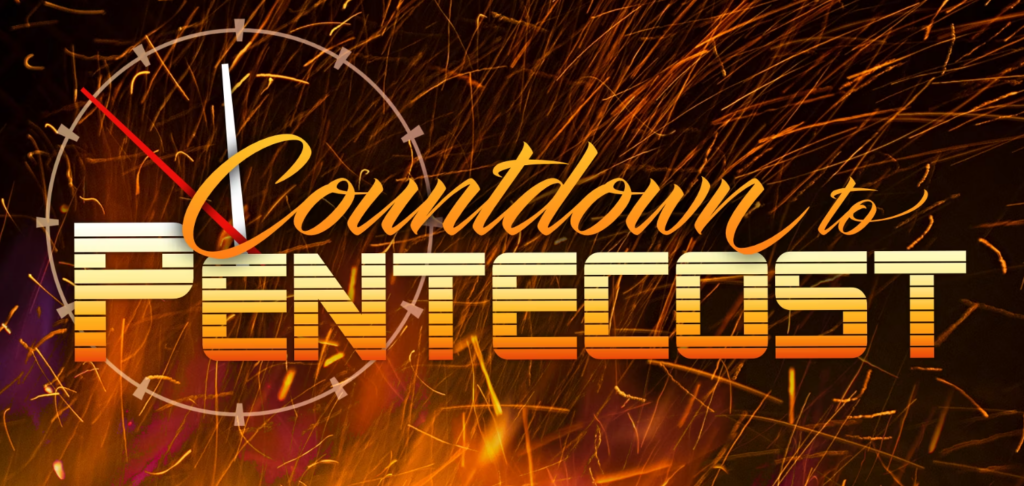
7 Redemptive Names of God in Psalm 23
Psalm 23
- The Lord is my shepherd (Jehovah-Raha) ; I shall not want (Jehovah-Jireh).
- He maketh me to lie down in green pastures (Jehovah-Shalom): he leadeth me beside the still waters (Jehovah-Raha).
- He restoreth my soul (Jehovah-Rapha): he leadeth me in the paths of righteousness for his name’s sake (Jehovah-Tsidkenu).
- Yea, though I walk through the valley of the shadow of death, I will fear no evil (Jehovah-Nissi) : for thou art with me (Jehovah Shammah) ; thy rod and thy staff they comfort me (Jehovah Raha).
- Thou preparest a table before me in the presence of mine enemies (Jehovah Nissi): thou anointest my head with oil (Jehovah-Rapha); my cup runneth over (Jehovah-Jireh).
- Surely goodness and mercy shall follow me all the days of my life: and I will dwell in the house of the Lord for ever.
Jehovah-Shalom – the Lord is our Peace
Jehovah-Raha – the Lord is my Shepherd
Jehovah-Jireh – the Lord will provide
Jehovah-Nissi – the Lord our Banner or Victor
Jehovah-Tsidkenu – the Lord our Righteousness
Jehovah-Rapha – the Lord that healeth
Jehovah-Shammah – the Lord with us or is present
Alive, alive, alive forevermore!
“When I call to remembrance the unfeigned faith that is in thee, which dwelt first in thy grandmother Lois, and thy mother Eunice; and I am persuaded that in thee also.”
2 Timothy 1:5
My Grandma, Todorka Mindova, was one of the first Sunday school teachers in the Bulgarian Pentecostal Union. After successfully graduating from a training course in the city of Sliven led by Donka Kinareva and personally organized by Dr. Nicolas Nikolov, she was allowed to minister in the denomination. But for grandma, the faith was more than teaching or a sermon. It was life. Many Bulgarian Pentecostal ministers can testify to the effectiveness of her ministry. And for her constant fasting and thousands of answered prayers I could write a book.
But far more interesting for me as a child was the fact that being a Sunday school teacher, Grandma never tried to preach to me. In the hardest moments of life she would only confess these words, which I have remembered from my childhood: “We serve a living God.” More was not needed. For Grandma preached with her life. Read more


